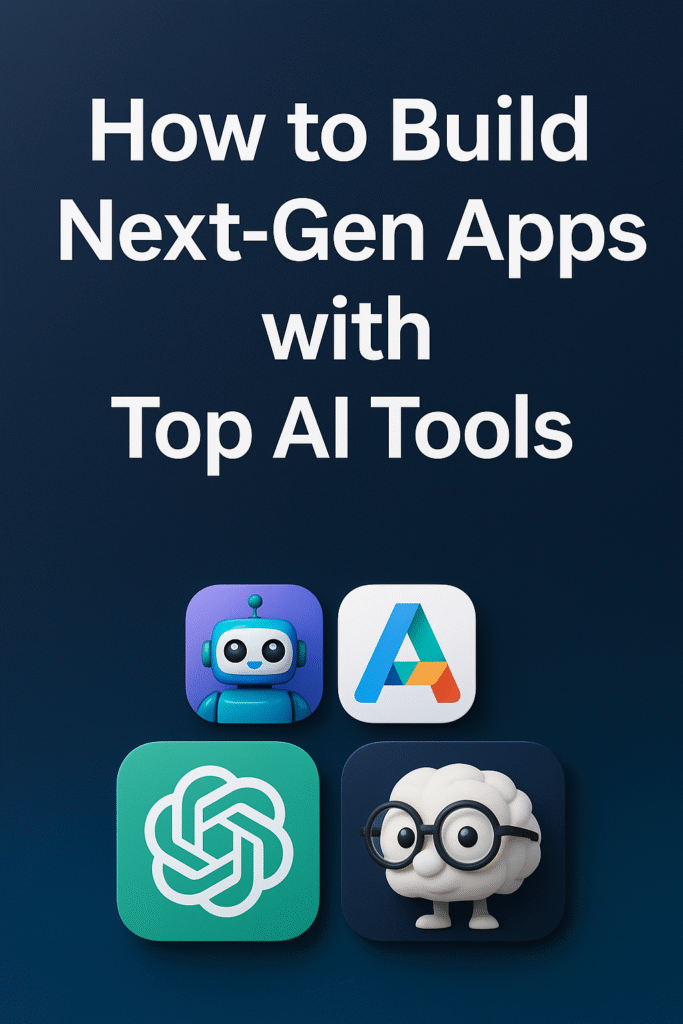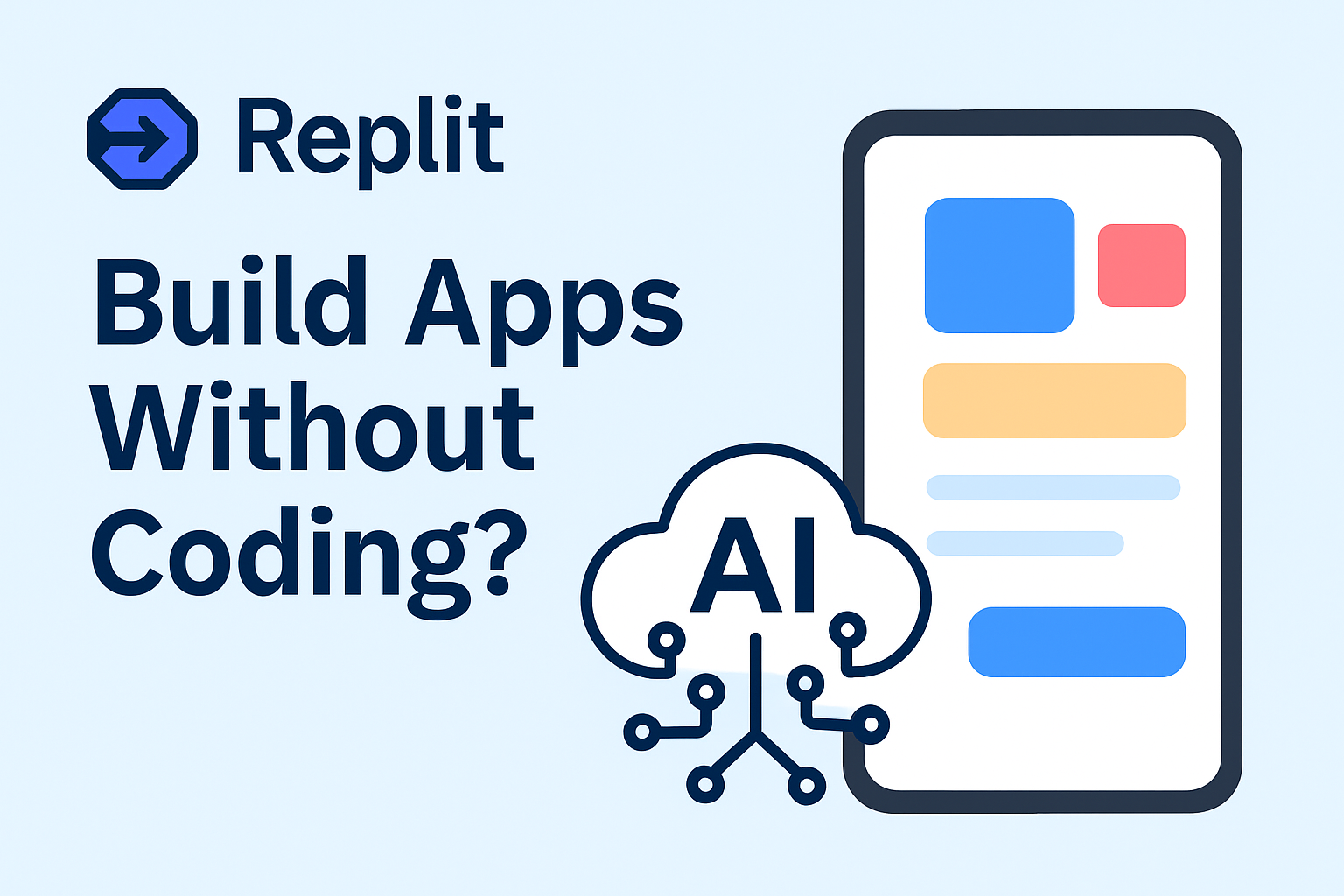You can now create Any app that you imagine with ai with no coding knowledge if you have some basic knowledge you can make wonders by using these ai tools
1st step – App Idea and features:
If you are trying to develop an app, the first and most important step is to have a clear app idea before starting development. It becomes much easier when you know exactly what you are building. If possible, create a structured outline of your app idea, including how it should look, its architecture, and its core features.

2nd step – Basic Design on Figma(*Optional)
Figma is a design tool that allows you to create UI designs using drag-and-drop functionality. It’s very easy to use—if you have a basic UI in mind, Figma will be extremely helpful during development. If you skip this step, you might end up with a randomly generated UI from an AI, or you’ll have to provide very specific prompts to get the design you want. That’s why I believe Figma is the fastest, simplest, and most effective way to design a UI.
3rd step – ChatGPT (or) Claude (or) Deepseek
To streamline app development, you can use AI tools to generate a Product Requirements Document (PRD) by prompting them with your app idea and features. For example, you could ask: ‘Generate a PRD for my app idea with these features so that an AI can understand it and code for me.’
This will create a detailed documentation of your app’s functionality, structure, and requirements, making it easier for other AI tools (or developers) to interpret and build it. This approach saves significant time, especially if you’re creating an app for publishing.
4th step – VO AI:
VO is an advanced AI tool that excels at converting simple prompts into UI designs and fully functional websites. To use it, simply paste the PRD (Product Requirements Document) generated by AI tools like ChatGPT, Claude, or DeepSeek, and instruct VO to ‘Generate an app based on these requirements.’ Within seconds, it will produce the code and display a live preview on the same page. If you’re satisfied with the result, great! If not, you can request modifications—like adding a feature to a specific section or tweaking the design—and VO will update it instantly.
For even better results, you can first create a basic UI design in Figma, take a screenshot, and upload it to VO AI with the instruction, ‘Generate an app based on this UI.’ The AI will analyse the image and produce highly accurate code matching your design. You can also provide additional text instructions, such as circling a specific area in the image and asking VO to add or modify elements there. This makes the entire process incredibly fast and precise.
5th step – Claude(*Optional):
For large-scale app development, structuring your project properly is crucial for maintainability and collaboration. While VO AI can generate a full project in a single file, this approach becomes cumbersome for bigger applications. Instead, break the project into smaller, modular components for better organization and readability so paste the VO code and paste these below prompt and submit to get structure“I am making a app so please organize this code into separate components this is a next.js project(used for app development) please use nextjs14 standard give me the codebase/file structure and give me the comports to copy and paste”
6th step – Replit:
“If you don’t know coding, follow this step (or skip to #7):
Replit is one of the best AI tools for coding and instantly previewing results side-by-side. Its premium version delivers even higher-quality outputs—ideal if you’re building a monetizable app.
Here’s how to use it:
- Start a new Replit project by selecting “App” or “Next.js” for app development.
- If those options aren’t available, prompt:
“Generate a basic app development project—I’ll add features later.” - Paste the code from VO AI (and a screenshot of VO’s design if possible). Replit will generate structured code.
- Describe your ideas (e.g., “Add dark mode”) and let Replit implement them. Dislike the result? Revert and retry until perfect.”
- You can deploy by one click if you want to share with your friends
7th step – Cursor:
If you’re a developer with some coding knowledge, Cursor AI is the best tool for you. It allows you to edit code while leveraging AI-powered suggestions. With its clean interface, you get full access to the codebase for manual edits and advanced features like generating code from documentation.
Key Features:
- Seamless Integration: Connect Cursor with Replit via SSL to sync files. Develop and make changes in Cursor, then preview and deploy directly in Replit.
- AI-Powered Workflow: Add documentation, and Cursor’s AI will generate corresponding code.
- Optimized Workflow: Use Cursor for development and Replit for previewing and deployment—combining the strengths of both platforms.”
Now begin your app development journey with AI tools – create powerful apps in minutes! Think big, build it, and monetize your vision. Wishing you great success!


